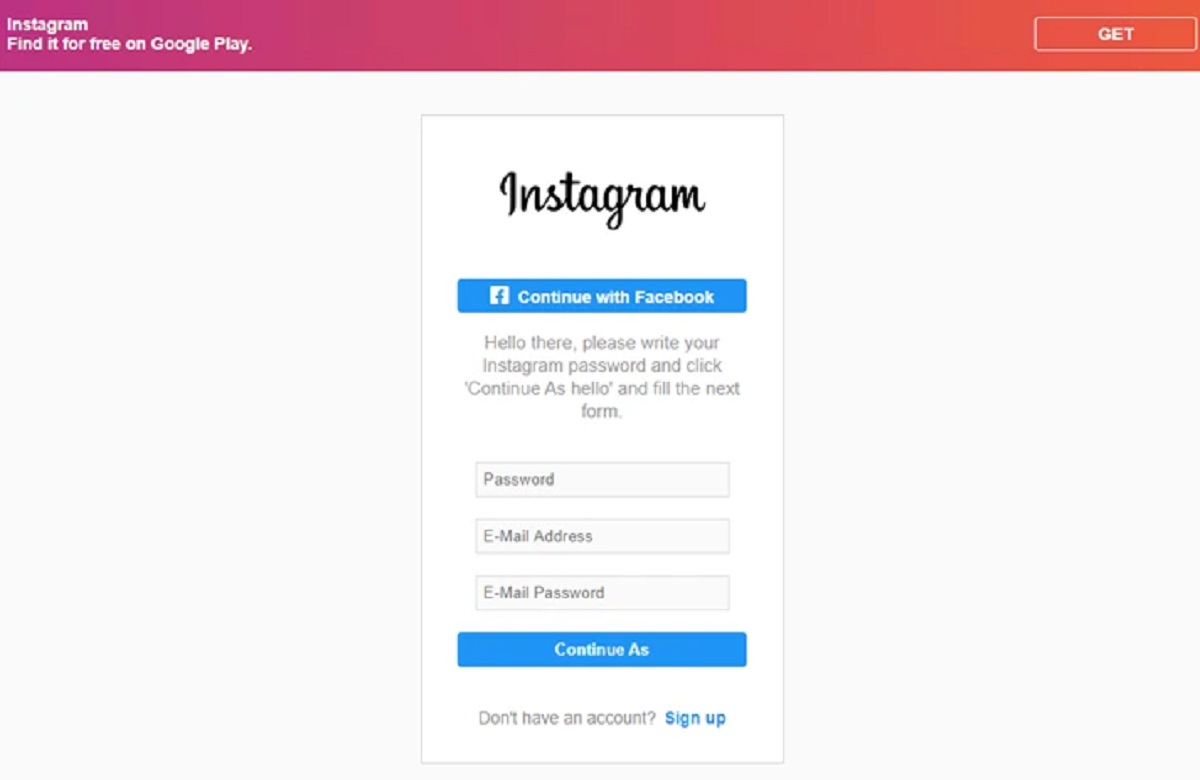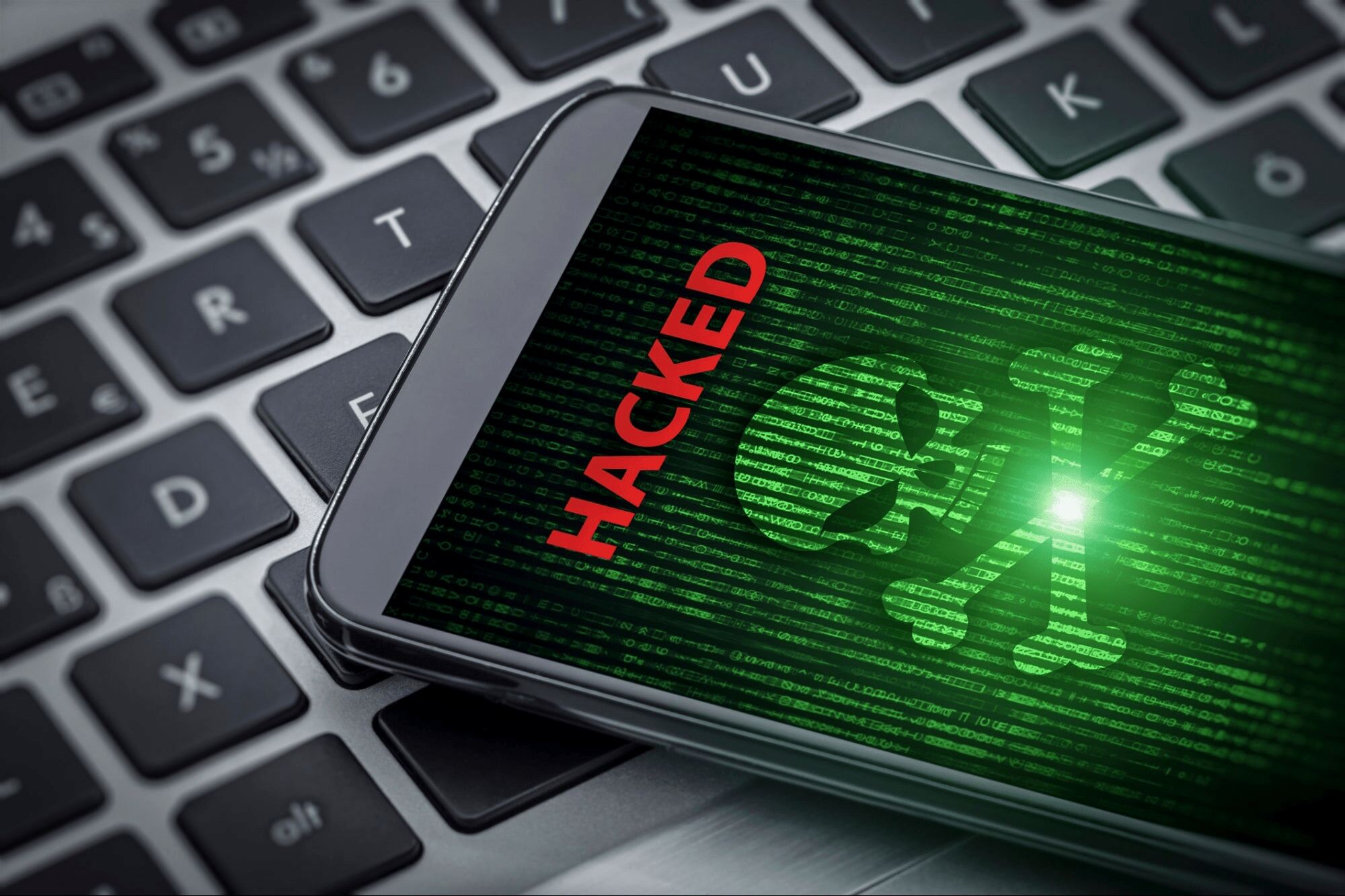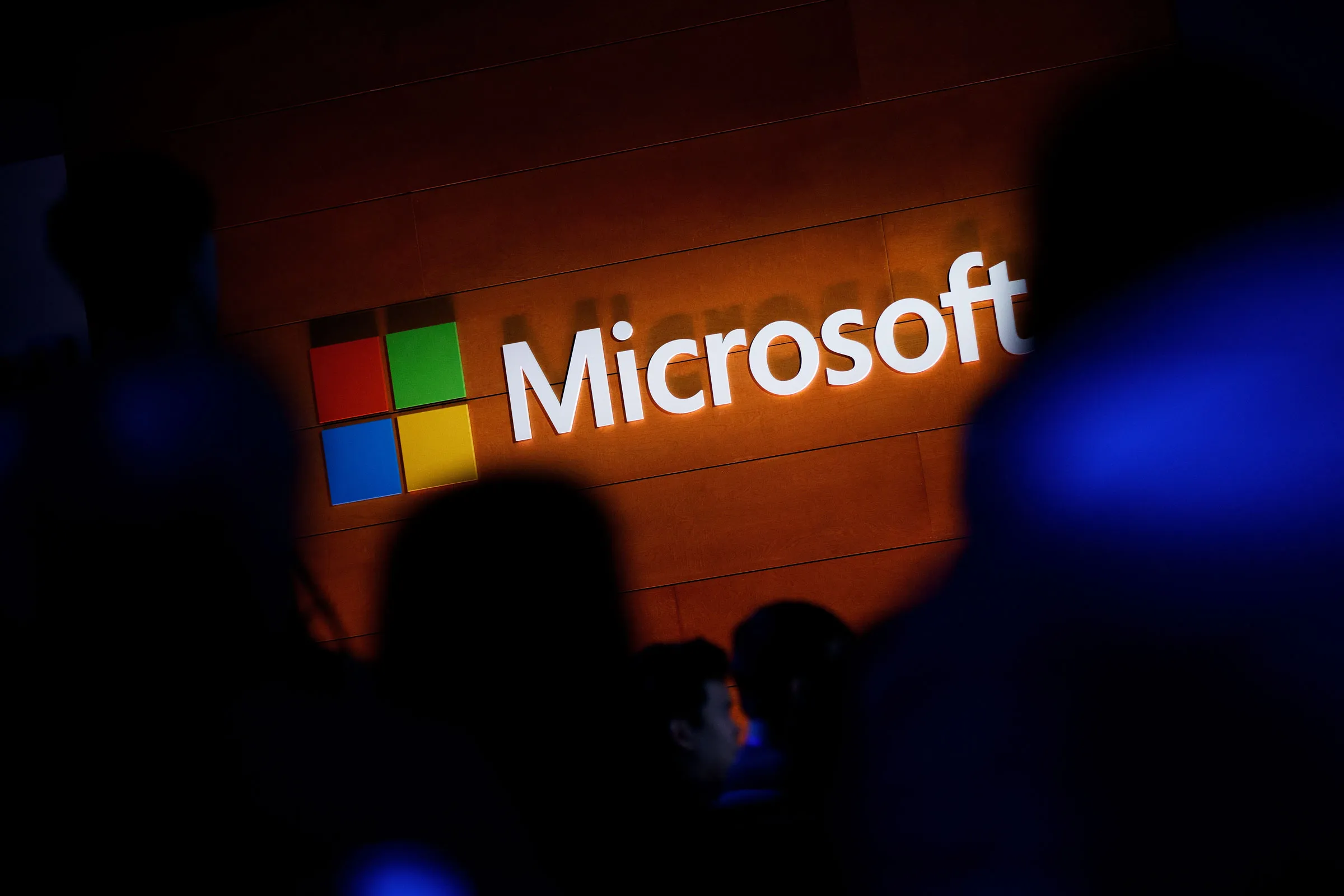Introduction
Discovering that your email has been hacked can be a distressing experience. Your email account contains a wealth of personal and sensitive information, and unauthorized access to it can lead to a range of detrimental consequences, including identity theft, phishing attacks, and compromised online accounts.
However, it’s important to remain calm and take immediate action to regain control of your hacked email account. In this article, we will guide you through the necessary steps to mitigate the situation and protect your online security.
Hackers can gain unauthorized access to your email account through various means, including phishing scams, malware-infected attachments, weak passwords, or even by exploiting security vulnerabilities in the email service provider’s system. Regardless of how the breach occurred, the important thing is to act swiftly and decisively.
In the following sections, we will outline the steps you should take when faced with a hacked email account. These steps will help you regain control, safeguard your other online accounts, and prevent further damage.
Step 1: Assess the Situation
When you discover that your email account has been hacked, it’s crucial to assess the extent of the breach before taking any further action. Here are some essential steps to follow:
- Check for Suspicious Activity: Carefully review your email inbox, sent items, and other folders for any signs of unauthorized access. Look for unfamiliar messages, deleted emails, or changes to your account settings. This will help you determine if the breach was limited or if the hacker gained access to sensitive information.
- Identify Compromised Accounts: If you use the same password for multiple accounts, it’s possible that the hacker may have gained access to other online platforms. Make a list of all the accounts linked to your email address and prioritize securing them in later steps.
- Change Your Password Recovery Options: Hackers may tamper with your password recovery options to regain access even after you reset your password. Check if any unauthorized email addresses or phone numbers are associated with your account’s recovery options and remove them.
By thoroughly assessing the situation, you can understand the scope of the breach and identify the necessary actions to take. Remember to document any suspicious activity or changes you’ve noticed, as this information will be essential while notifying your service provider or law enforcement authorities.
Step 2: Change Passwords
One of the most crucial steps in recovering from a hacked email account is to change your password as soon as possible. Here’s what you need to do:
- Create a Strong and Unique Password: When choosing a new password, make sure it is strong and unique. Include a combination of lowercase and uppercase letters, numbers, and special characters. Avoid using easily guessable information like your name or birthdate.
- Update Passwords for All Accounts: If you use the same password for multiple online accounts, it’s important to change them as well. This prevents hackers from gaining unauthorized access to other platforms linked to your email address.
- Enable Two-Factor Authentication (2FA): Adding an extra layer of security by enabling 2FA can significantly reduce the risk of unauthorized access. With 2FA, a code or notification is sent to your phone or another trusted device, which you must enter or approve to access your account.
- Consider Using a Password Manager: Password managers can help you generate unique and complex passwords for each account while securely storing them. This eliminates the need to remember multiple passwords and ensures your accounts remain protected.
Once you’ve changed your password and implemented stronger security measures, regularly update your passwords to maintain a high level of security. Remember, using a weak or easily guessable password puts your email account and other online accounts at risk of being compromised.
Step 3: Enable Two-Factor Authentication
Two-Factor Authentication (2FA) provides an extra layer of security to your email account by requiring a second form of verification in addition to your password. Enabling 2FA significantly reduces the risk of unauthorized access. Here’s how to enable it:
- Choose the Right 2FA Method: Most email service providers offer multiple options for 2FA, such as receiving a verification code via SMS, using a authentication app like Google Authenticator, or even using hardware keys. Choose the method that suits your needs and preferences.
- Set Up 2FA: Access your email account settings and locate the 2FA or security section. Follow the instructions provided to set up and activate 2FA. This usually involves linking your account to a phone number or a 2FA app.
- Secure Backup Options: It’s advisable to set up backup options for 2FA in case you lose access to your primary authentication method. This can include backup phone numbers or backup codes provided by the service provider.
- Enable Remembered Devices: Some 2FA systems offer the option to remember certain devices or browsers and bypass the extra verification step for added convenience. Use this feature cautiously and only enable it on trusted devices.
Enabling 2FA is a simple yet effective way to enhance the security of your email account. It adds an additional layer of protection, making it much more difficult for hackers to gain unauthorized access even if they manage to obtain your password.
Step 4: Check Account Settings
After regaining control of your hacked email account, it’s crucial to review and secure your account settings to prevent any further unauthorized access. Here’s what you should do:
- Review Email Forwarding and Filters: Check if any email forwarding rules or filters have been set up without your knowledge. Hackers may create these rules to intercept or redirect your incoming emails, potentially compromising your communication and sensitive data.
- Disable Suspicious or Unauthorized Third-Party Apps: Unauthorized third-party applications may have been granted access to your email account. These apps can access your personal information or send emails on your behalf. Review and revoke access permissions for any apps that you don’t recognize or trust.
- Monitor Account Recovery Options: Ensure that your account recovery options, such as alternate emails or phone numbers, haven’t been modified or tampered with. Update these options if necessary, ensuring they are secure and accessible only by you.
- Check Connected Devices: Investigate the list of devices connected to your email account and remove any unrecognized or suspicious devices. This ensures that only trusted devices can access your account.
- Secure Your Security Questions/Answers: If your email service has security questions as an additional verification method, review and update them. Make sure your answers cannot be easily guessed or obtained through public information.
By thoroughly checking and securing your account settings, you can ensure that all the configurations are legitimate and aligned with your preferences. This reduces the risk of future hacking attempts and allows you to regain control over your email account securely.
Step 5: Scan for Malware
When dealing with a hacked email account, it’s important to consider the possibility that your device may be infected with malware. Malicious software can compromise your security and provide hackers with unauthorized access to your sensitive information. Here’s how to scan for malware:
- Update and Run Antivirus Software: Ensure that your antivirus software is up to date and perform a full system scan. This will help detect and remove any malware that may be residing on your device. If you don’t have antivirus software installed, consider installing a reputable one.
- Scan for Malware Using Malware Removal Tools: In addition to antivirus software, there are specialized malware removal tools available that can scan your device for specific types of malware. These tools can provide an extra layer of protection and help identify any hidden infections.
- Be Cautious of Suspicious Links and Downloads: Avoid clicking on suspicious links or downloading files from untrusted sources. Be wary of phishing emails or messages that may trick you into downloading malware. Stay vigilant and only interact with secure and verified sources.
- Clear Browser Cache and Cookies: Clearing your browser cache and cookies can help remove any stored malware or malicious scripts. These files can sometimes interfere with your online security and compromise your browsing experience.
- Regular Maintenance and Updates: Keep your operating system, web browser, and other software up to date with the latest security patches and updates. These updates often include fixes for known vulnerabilities that can be exploited by malware.
Regularly scanning your device for malware is a proactive measure to maintain a secure computing environment. By identifying and removing any potential infections, you can protect your email account and prevent future hacking attempts.
Step 6: Update Security Software
Keeping your security software up to date is crucial for maintaining a strong defense against cyber threats. As you recover from a hacked email account, it’s essential to update your security software to ensure it is equipped to detect and prevent future attacks. Follow these steps:
- Check for Updates: Open your security software and check for available updates. These updates often include bug fixes, performance enhancements, and most importantly, the latest virus definitions that can detect and eliminate new threats.
- Enable Automatic Updates: Configure your security software to automatically download and install updates. This ensures that you are always protected with the latest security patches without relying on manual checks.
- Consider Additional Security Measures: Evaluate your current security software and determine if additional layers of protection are necessary. This may include installing a firewall, using a virtual private network (VPN), or implementing other security solutions recommended by experts.
- Perform Regular Scans: Schedule periodic scans with your security software to proactively detect and remove any potential threats. This helps ensure that your system remains secure and free from malware or other malicious activities.
- Stay Informed: Keep yourself updated on the latest security trends and best practices. Many security software providers offer resources and educational materials to help users stay informed and protect their digital assets.
Regularly updating your security software is a critical step in maintaining a strong defense against malware and other cyber threats. By staying up to date with the latest security patches, you can enhance the security of your email account and prevent future hacking incidents.
Step 7: Review Email Activity
After securing your hacked email account, it’s important to review your email activity to identify any unauthorized actions or suspicious behavior. By analyzing your email activity, you can gather insights and take appropriate actions to mitigate any potential risks. Here’s what you should do:
- Check Email Sent and Received: Review your sent items and received emails carefully. Look for any messages that you did not send or receive. Pay close attention to any suspicious attachments or links within the emails.
- Review Deleted Emails: Check your trash or deleted items folder for any emails that were deleted without your knowledge. This could indicate that the hacker was trying to conceal their activities or remove evidence of unauthorized access.
- Identify Unfamiliar Contacts: Take note of any new or unfamiliar contacts that have been added to your address book or appear in the recipient list of sent emails. These contacts may be compromised or associated with the hacker’s activities.
- Look for Email Rules or Filters: Examine your email settings for any rules or filters that have been created without your consent. Hackers often set up these rules to redirect or filter incoming messages, allowing them to access sensitive information or keep an eye on your communications.
- Check for Email Forwarding: Verify that your emails are not being forwarded to any unauthorized email addresses. Hackers sometimes set up email forwarding to silently monitor your communications or gain access to sensitive information.
By carefully reviewing your email activity, you can identify any suspicious indicators and take appropriate actions to mitigate potential risks. If you notice any unauthorized actions or suspicious behavior, be sure to document the details as they may be useful for informing your email service provider or the necessary authorities.
Step 8: Secure Other Accounts
When your email account is hacked, it’s important to recognize that the breach may have implications beyond just your email. Hackers often target email accounts to gain access to other online platforms. Therefore, it’s crucial to secure your other accounts to prevent further compromises. Follow these important steps:
- Change Passwords for Other Accounts: Start by updating the passwords for all your other accounts, such as social media, online banking, e-commerce, and any other platforms linked to your email address. Ensure that each password is strong, unique, and different from your previous passwords.
- Enable Two-Factor Authentication: Whenever possible, enable two-factor authentication (2FA) for your other accounts as well. This adds an extra layer of security and makes it significantly harder for hackers to gain unauthorized access.
- Review Account Security Settings: Take the time to review the security settings for your other accounts. Check for any suspicious changes, such as new connected devices, unfamiliar email addresses, or altered notification preferences.
- Monitor Account Activity: Regularly monitor the activity on your accounts for any unauthorized access or suspicious actions. Keep an eye out for any unfamiliar transactions, changes to account details, or unexpected login attempts.
- Alert Account Providers: If your email account hack is connected to any online platforms or services, it’s crucial to notify the respective account providers about the breach. They can take appropriate measures to safeguard your accounts and assist you in recovering any compromised data.
Securing your other accounts is essential for minimizing the impact of a hacked email account. By taking proactive measures and updating the security settings for all your online platforms, you can protect your personal information and prevent further unauthorized access.
Step 9: Inform Your Contacts
When your email account has been hacked, it’s crucial to inform your contacts about the situation. By notifying them promptly, you can prevent the spread of potential phishing emails or malicious activities that the hacker may conduct using your compromised account. Follow these steps to inform your contacts:
- Compose a Personalized Message: Draft a polite and concise message explaining that your email account was hacked. Assure your contacts that you are taking actions to resolve the issue and that they should be cautious about any suspicious emails coming from your account.
- Explain the Situation: Clearly explain the circumstances surrounding the hack without providing any unnecessary personal details. Emphasize that you take the security of your contacts seriously and that you are working to rectify the issue.
- Advise Caution: Encourage your contacts to be vigilant when receiving emails from your account or clicking on any links within those emails. Inform them not to share any sensitive information or engage in any activities requested by the hacker.
- Provide Reassurance: Assure your contacts that you have taken steps to secure your account and that you will keep them updated on any further developments. Offer your assistance if they have any concerns or questions relating to the incident.
- Consider Group Communication: If you have a large number of contacts, sending individual messages may not be practical. In such cases, consider using a mailing list or social media post to inform a broader audience about the hack and provide necessary precautions.
Notifying your contacts about your hacked email account is essential for maintaining trust and preventing further damage. By promptly letting them know about the situation and advising caution, you can minimize the risk of them falling victim to any malicious actions carried out by the hacker using your compromised account.
Step 10: Be Vigilant in the Future
Recovering from a hacked email account is just the first step in protecting your online security. It’s essential to remain vigilant and adopt proactive measures to prevent similar incidents in the future. Here are some important steps to follow:
- Regularly Update Passwords: Change your passwords regularly, ideally every few months. Create strong, unique passwords for each account and avoid using easily guessable information. Consider using a reliable password manager to securely store your passwords.
- Enable Two-Factor Authentication (2FA): Wherever possible, enable 2FA for your online accounts. This adds an extra layer of security by requiring a second form of verification, such as a code sent to your mobile device. It significantly reduces the risk of unauthorized access.
- Stay Informed about Phishing Attacks: Educate yourself about common phishing techniques and stay updated on the latest phishing trends. Be cautious of suspicious emails, particularly those requesting personal information or urging immediate action.
- Be Mindful of Suspicious Links and Attachments: Avoid clicking on links or downloading attachments from untrusted sources. Scrutinize emails carefully before interacting with them. Hover over links to check their actual destinations, and scan attachments with reliable antivirus software.
- Keep Your Devices Secure: Install and regularly update security software on all your devices, including antivirus and anti-malware programs. Keep your operating system and applications up to date with the latest security patches to protect against known vulnerabilities.
- Monitor Your Accounts: Regularly review your account activity for any signs of unauthorized access or suspicious behavior. Enable notifications for any unusual account activities and promptly report and address any identified security issues.
Being vigilant and proactive in your online security practices is crucial for preventing future hacking incidents. By following these steps, you can create a robust defense against cyber threats and maintain control over your email and other online accounts.
Conclusion
Discovering that your email has been hacked can be a distressing experience, but by taking immediate action and following the steps outlined in this guide, you can regain control of your account and mitigate potential risks.
Assessing the situation, changing passwords, enabling two-factor authentication, reviewing account settings, scanning for malware, updating security software, reviewing email activity, securing other accounts, informing your contacts, and being vigilant in the future are all critical steps in recovering from a hacked email account.
Remember, prevention is key. Implement strong and unique passwords, enable two-factor authentication wherever possible, be cautious of suspicious emails and links, keep your devices and security software up to date, and regularly monitor your accounts for any signs of unauthorized access.
If you have been a victim of a hacked email account, it’s crucial to take immediate action to protect your digital presence and personal information. By following the steps outlined in this guide and maintaining a proactive approach to your online security, you can safeguard your email account and other online platforms against future hacking attempts.
For additional assistance, don’t hesitate to reach out to your email service provider or consult with a cybersecurity professional. Stay vigilant, stay informed, and stay secure in the digital world.

























